What To Expect After Endoscopic Carpal Tunnel Surgery ?
After endoscopic carpal tunnel surgery, patients can expect some pain and discomfort in the affected hand for a few days. The hand may also be swollen and bruised. Patients may need to wear a splint or bandage for a few weeks to support the hand and wrist during the healing process. Physical therapy may also be recommended to help regain strength and mobility in the hand.
Most patients can return to light activities within a few days after surgery, but it may take several weeks before they can resume normal activities and return to work. It is important to follow the post-operative instructions provided by the surgeon to ensure proper healing and avoid complications. In general, endoscopic carpal tunnel surgery is a safe and effective procedure with a high success rate and minimal scarring.
1、 Pain management
What to expect after endoscopic carpal tunnel surgery? Pain management is a crucial aspect of the recovery process. Patients can expect to experience some discomfort and pain after the surgery, which can be managed with pain medications prescribed by the surgeon. The amount of pain experienced varies from person to person, but it typically subsides within a few days to a week.
In recent years, there has been a shift towards using non-opioid pain management strategies to reduce the risk of addiction and other complications associated with opioid use. These strategies include the use of nonsteroidal anti-inflammatory drugs (NSAIDs), acetaminophen, and nerve blocks. Patients may also be advised to use ice packs to reduce swelling and pain.
In addition to pain management, patients should also expect to undergo physical therapy to help restore hand function and strength. The therapist will work with the patient to develop a customized rehabilitation plan that includes exercises to improve range of motion, grip strength, and dexterity.
It is important for patients to follow their surgeon's post-operative instructions carefully to ensure a smooth recovery. This may include avoiding certain activities, wearing a splint or brace, and attending follow-up appointments to monitor progress and address any concerns.
Overall, while pain management is an important aspect of recovery after endoscopic carpal tunnel surgery, patients can expect to regain full hand function and return to their normal activities within a few weeks to a few months.
2、 Wound care
What to expect after endoscopic carpal tunnel surgery includes wound care. After the surgery, the patient's hand will be wrapped in a bandage, which should be kept clean and dry for the first few days. The bandage will be removed after a few days, and the patient will be instructed to clean the wound with soap and water and apply a fresh bandage. The patient may also be prescribed pain medication to manage any discomfort.
In addition to wound care, patients can expect some swelling and stiffness in the hand and wrist. This is normal and can be managed with ice packs and gentle exercises to improve range of motion. Patients may also be advised to avoid heavy lifting or strenuous activities for a few weeks after the surgery.
The latest point of view on wound care after endoscopic carpal tunnel surgery is that early mobilization and range of motion exercises may help improve outcomes. A study published in the Journal of Hand Surgery found that patients who started gentle exercises within a week of surgery had better outcomes in terms of pain, function, and grip strength compared to those who waited longer to start exercising.
Overall, patients can expect a relatively quick recovery after endoscopic carpal tunnel surgery, with most able to return to normal activities within a few weeks. However, it is important to follow the surgeon's instructions for wound care and rehabilitation to ensure the best possible outcome.
3、 Physical therapy
After endoscopic carpal tunnel surgery, physical therapy is an essential part of the recovery process. The goal of physical therapy is to help patients regain strength, flexibility, and range of motion in the affected hand and wrist. Physical therapy typically begins a few weeks after surgery and can last for several months.
During the initial stages of physical therapy, patients may perform gentle exercises to improve circulation and reduce swelling. As the healing process progresses, patients may engage in more challenging exercises to improve grip strength, dexterity, and coordination. Physical therapy may also include the use of heat or ice therapy, massage, and electrical stimulation to help reduce pain and inflammation.
Recent studies have shown that early mobilization and physical therapy after endoscopic carpal tunnel surgery can lead to faster recovery times and better outcomes. In addition, physical therapy can help prevent the development of scar tissue and adhesions, which can limit range of motion and cause pain.
It is important for patients to follow their physical therapy regimen closely and communicate any concerns or issues with their therapist. With proper care and rehabilitation, most patients can expect to return to their normal activities within a few months after surgery.
4、 Return to daily activities
What to expect after endoscopic carpal tunnel surgery? One of the most common questions asked by patients who undergo this procedure. Endoscopic carpal tunnel surgery is a minimally invasive procedure that is used to treat carpal tunnel syndrome. The surgery involves making a small incision in the wrist and using a small camera to guide the surgeon as they release the ligament that is compressing the median nerve.
After the surgery, patients can expect to experience some pain and discomfort in the wrist and hand. This can be managed with pain medication and ice packs. Patients may also experience some swelling and bruising, which should subside within a few days.
In terms of returning to daily activities, patients can typically resume light activities within a few days of the surgery. However, it is important to avoid any heavy lifting or strenuous activities for at least two weeks after the surgery. Patients may also need to wear a splint or brace for a few weeks to help support the wrist and promote healing.
The latest point of view on endoscopic carpal tunnel surgery suggests that patients can expect a faster recovery time and less scarring compared to traditional open surgery. Additionally, studies have shown that endoscopic surgery has a lower risk of complications and a higher success rate in relieving symptoms of carpal tunnel syndrome.
Overall, patients can expect to see significant improvement in their symptoms after endoscopic carpal tunnel surgery and can return to their daily activities with minimal downtime. However, it is important to follow the post-operative instructions provided by the surgeon to ensure a successful recovery.


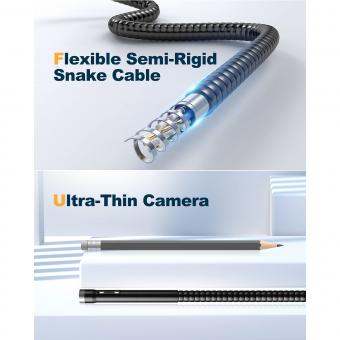












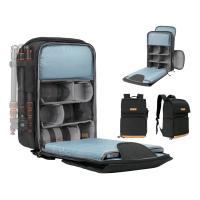


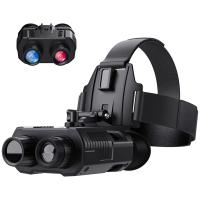
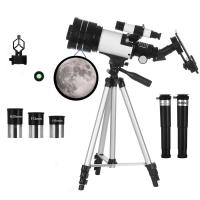


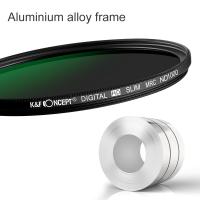

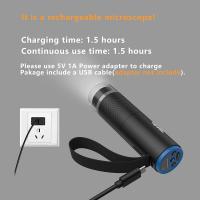
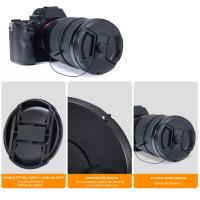
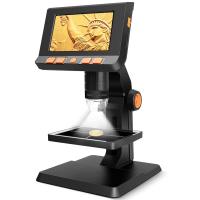
There are no comments for this blog.